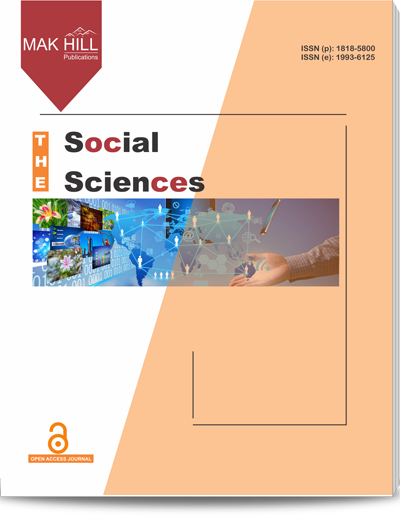
The Social Sciences
ISSN: Online 1993-6125ISSN: Print 1818-5800
Abstract
This study aims to describe, through a literature study, focuses on corruption phenomena in which happened as a result of weak motivational. Corruption becomes one of the serious problems related to the moral degradation becoming endemic virus that pose a threat to any countries including Indonesia. Systemic corruption eradication is one of the biggest challenges. The birth of practices corruption phenomenon is often considered set to education. The growing social and cultural hegemony in the local society up to the central society hampered the implementation of anti-corruption education where many cases are not completed or unfair in the completion. Therefore, the level of practice in school institutions was less resolute in action for proven violations. This study argues that handling the problems posed by corruption in education is necessary to optimize the role of institutional and personal motivation institute education providers. Institutional development is realized by the firmness of the vision and mission of the school. Personal motivation is manifested in the planning, implementation and evaluation of anti-corruption education. There are values of anti-corruption education should be integrated explicitly in every subject, school culture and self-development activities. This study will be useful for scholars, policy-makers and anti-corruption practitioners interested in learning how Indonesian government practices prevent corruption.
How to cite this article:
Maryono . The Policy of Anti-Corruption Education and Personal Motivation in the Development of Educational Institutions in Indonesia.
DOI: https://doi.org/10.36478/sscience.2016.1498.1509
URL: https://www.makhillpublications.co/view-article/1818-5800/sscience.2016.1498.1509